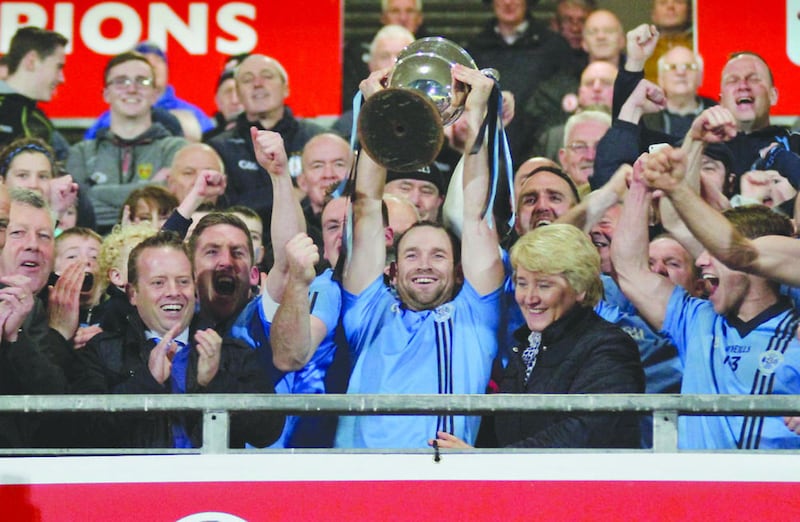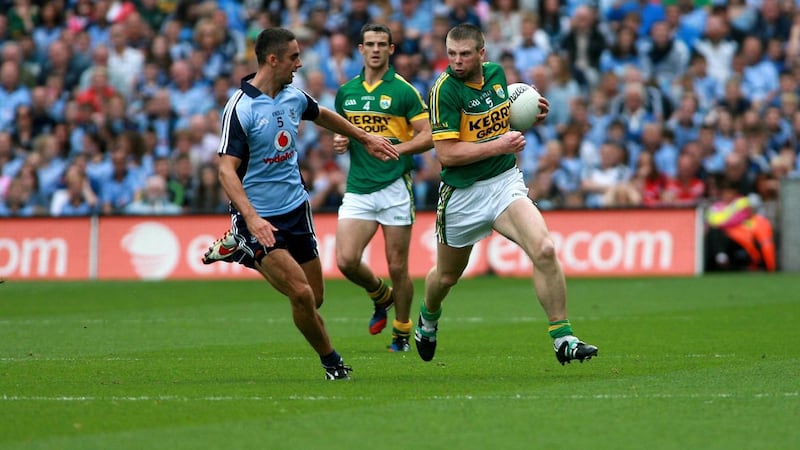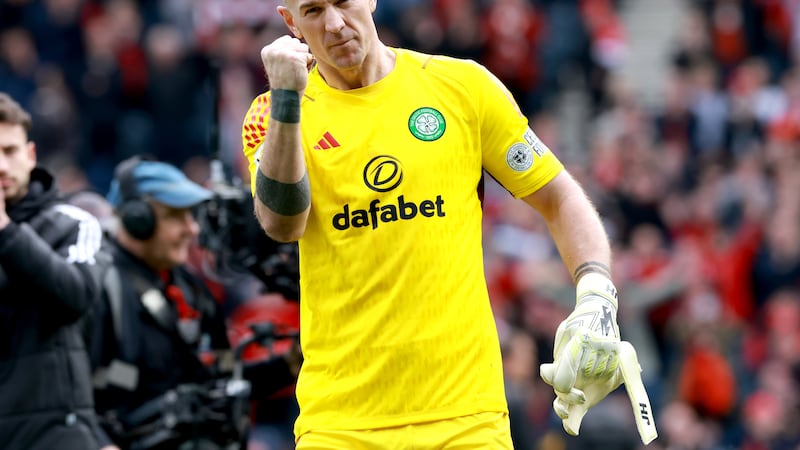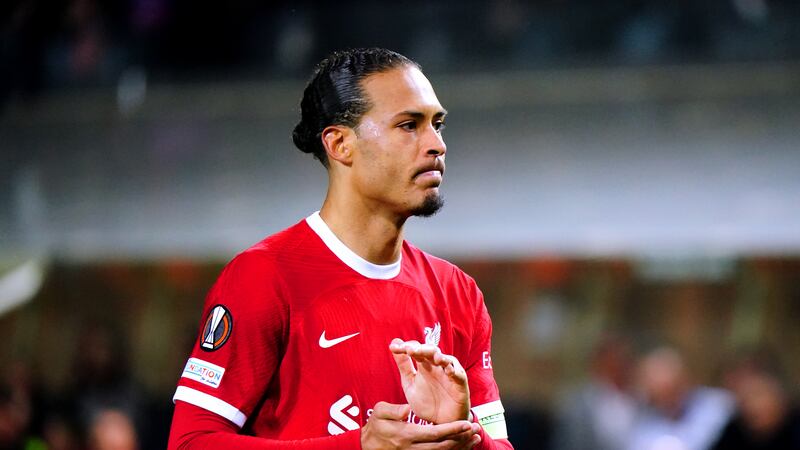ON MONDAY morning, I conducted a some quick Google searches. It involved typing in the name of a county footballer-turned-columnist and the words “club players” after it.
The theme was quickly identifiable, as you knew it would be. One after the other, they lined up to denounce the treatment of club players and make pleas for the situation to improve.
There were no shortage of examples to choose from. And those are just the ones with a platform to express their views. The most telling comments came from Alan Brogan and Tomás Ó Sé.
With their seven All-Ireland titles between them, their careers straddled the contrasting eras of two nights a week and semi-professionalism. Their comments were strikingly similar.
“When I was playing inter-county, it’s something you don’t actually realise, but the club player gets a raw deal when you think about it,” said Ó Sé, a five-time Celtic Cross winner with Kerry.
Brogan echoed those words: “It’s hard to see when you’re involved with an inter county set-up, as I was for years. It’s hard to see the turmoil the club players go through year in, year out like it isn’t fair on them.”
The bubble of inter-county football has gotten so thick that those inside it can no longer see out. I believe Tomás Ó Sé and Alan Brogan when they say they genuinely had no idea of the tumult their actions were causing within their own communities.
How would they have? You could imagine Dublin players only appearing in a training session at their clubs if the nomadic Dublin team was using the pitch as their base for a night.
While the inter-county season is ongoing, county players do not train with their clubs. They effectively don’t play games with their clubs. That’s the same in pretty much every county in Ireland.
The recent move by the Down county board to officially stop players from doing so for all but five days of what could be the first seven months of the year was indicative of how the problem is now viewed.
There was barely a murmur about it. Down might have been foolish to put the plans in black and white, but the reality is that Eamonn Burns was only looking to bring them into line with everyone else.
This is the biggest problem that the proposed Club Players’ Association faces. Declan Brennan’s decision to form a body that will aim to loosen the grip on the voice boxes of the 98 per cent has been roundly welcomed over the past week.
It is a noble venture. Something that club players have been crying out for two decades and more. According to the former Monaghan coach, there has been no shortage of volunteers putting themselves forward to help. They will need each and every one of them if they are to manage the thousands of opinions that will be tossed at them in the months to come.

The biggest issue they will face, though, is the lack of power club players actually hold. The GPA is a now a very powerful organisation. From its origins two decades ago, it has grown to become a body the GAA actually fears - hence the new €6.2m-a-year deal that was struck in
July.
The GPA has a power both within Croke Park and with its membership. For the first decade-and-a-half of its existence, they had to fight the hard fight at times.
Once the knees were tucked beneath the table, the armalite was stowed away. Still there, if they needed it, but they haven’t for a while now.
County players and county management teams are now the people with the power in the GAA. They have been for a while. As they were during the careers of the recently-retired.
The problem with retirement is that your voice just falls into the sea with the other thousand throats.
No matter how good you were, your words just don’t carry the same weight as they would have done had a few more been saying this while they were still playing.
The inter-county bubble is comfortable. Snug. The mileage and counselling services and all the plusses afforded inter-county players under the new GAA-GPA deal soften the lining. Who wouldn’t be happy to lie down in that?
In the cases of the counties that are challenging for trophies, it’s also rewarding. Croke Park no longer sets the agenda for club games. The Dublin footballers do. The Kerry footballers do. The Mayo footballers do. The Tyrone footballers do.
Those players train like full-time athletes. They look after themselves as full-time athletes do. They set the benchmark. For any of them to stop trying to do the same things as Dublin essentially means giving up.
The GAA needs a competitive inter-county circuit as much as it needs the clubs. But part of the reason the playing field is so uneven is the length of the inter-county season.
If you chop it down so that there’s no more than a week or two between games, and you play your All-Ireland final in July - which can be done, as was outlined in this column a few weeks ago - then you make it less about who can commit most time to training, and more about who has the better footballers.
Outside those top four or five counties, the rest of the country’s inter-county footballers are living in the same bubble, insulated from their own clubs and communities. But the reward for them is almost completely negligible.
Maybe they don’t realise it, but those players are the ones with the real power. What would the GAA do if the bottom 24 counties decided they wanted a condensed calendar and were prepared to go to extremes to achieve it?
The GPA represents players in one sense but you can’t pretend that their proposal for a 32-team, round-robin football Championship was for the benefit of their club careers.
Ultimately, the players are to blame for the plight of their clubs. Words are hollow. What it really requires is for players to rock the boat and say: Enough.
As much as Páraic Duffy’s proposal for Championship reform is honest and genuine, and he wants to help, it is simply not enough. He’s solved so many of the problems in his document but the round-robin quarter-final is its fatal flaw.
The eight counties that reach that stage will encounter the same indecision and angst over club fixtures as they do now. If you’re a club footballer in Tyrone or Kerry or Dublin, there’s no way you should be accepting this deal.
And if the CPA comes out in a few weeks’ time and publicly backs that deal, they will be condemning the clubs to another decade with very little in the way of real change.
But truly, even if they come up with something different, they are representing the citizens of a democratic land who don’t really have any say in how its run.
With a peaceful mandate, it’s hard to see the Club Players’ Association changing that.









